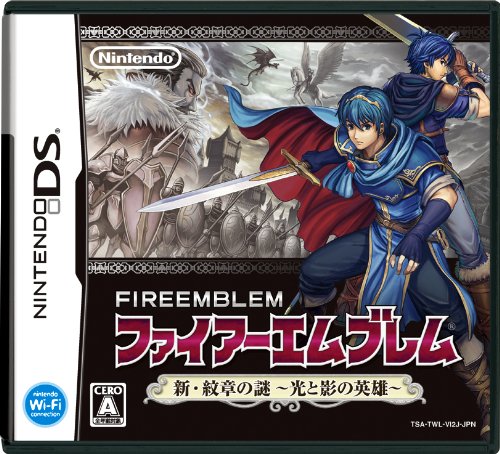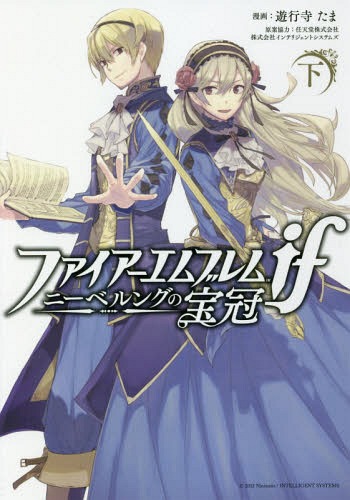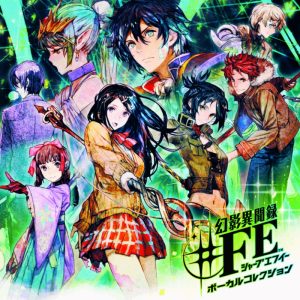
Fire Emblem reached its lowest point with Shadow Dragon. Sales in Japan had not only lowered since the glory days of the SNES era but were stagnating. Nintendo couldn’t lean on Western sales anymore as Shadow Dragon failed to change any perceptions that the franchise was meant for hardcore fans after coming off of Radiant Dawn. Nintendo no longer wanted to invest in translations for overseas, meaning Shadow Dragon’s sequel wouldn’t even get the cushioning of international sales.
Thankfully, Intelligent Systems would use these failures as a learning opportunity. Let’s take a look!
Challenging the Norms
One thing important to note is that Fire Emblem was originally conceived during what can only be considered the Wild West era of game development. After the Famicom/NES completely revolutionized the development landscape, studios were just throwing whatever they could at the wall to see what stuck. Likewise, since there were so many new video game fans who were just learning how to play, people were more willing to accept that any struggle they had with a game was due to them still learning how things worked rather than poor design. Fire Emblem, in particular, was one major beneficiary of this which is why extremely difficult features like permadeath were accepted.
However, it wasn’t the 80s anymore. Design standards had changed and so had Nintendo. Their whole image with the Wii and DS was to be as welcoming to people who had never played games before. Fire Emblem, on the other hand, was a Strategy RPG. It couldn’t be further from the mainstream. The series built its entire identity around a hardcore fanbase. Fire Emblem couldn’t be Fire Emblem if they got rid of any of the traditions that were set up by series creator Shouzou Kaga.
So this is probably why when producer Hitoshi Yamagami suggested to give up permadeath with New Mystery of the Fire Emblem (a remake of the second half of the SNES game), he was met with immediate resistance from both Intelligent Systems and Nintendo alike. According to an Iwata Asks on the later release of Fire Emblem Awakening, a project manager got incredibly snippy over the phone with Yamagami when he insisted on adding permadeath as an option.
Yet, he had a fair point: when characters died in Fire Emblem, very rarely did the average fan follow Shouzou Kaga’s original intent of having players continue on with the game. Players would instead reset the game and try again from the beginning of the mission. Kaga himself very specifically designed the original Fire Emblem to not scare away new players, and yet here the team was later, content with making the same kind of game over and over again. This was scaring away new fans in the process who might have been interested in a strategy game but were intimidated by having to lose a character they formed a bond with.
Developing Awakening
Honestly, New Mystery of the Fire Emblem did fairly decently for a game released late into the DS’s lifespan. Its sales in Japan were about on par with Shadow Dragon (about 250,000 units sold), which meant it at least held steady. Considering the trend for the series was to slowly sink downward, staying consistent was not the worst thing that could have happened.
Of course, since Nintendo passed on localization for other regions, this also meant Intelligent Systems did not have the buffer they usually had. No one at Nintendo or Intelligent Systems was particularly thrilled with the performance. Nintendo was threatening to cancel the series entirely.
So, rather than just allowing things to fall apart, Intelligent Systems decided to take it as an opportunity to completely rethink Fire Emblem. One of the main aspects needing a change was that, without permadeath, it was more difficult for players to naturally form a bond with their units based on the gameplay systems. A new method had to be implemented so that even if someone wanted to play with permadeath off, they’d still be able to feel that same attachment to their units.
This led to the team revisiting some ideas from past Fire Emblem games. Specifically, they went back to the fan favorite Genealogy of the Holy War and that game’s relationship system. One major issue with the more recent Fire Emblem games was that even though they kept the series’ support system (where units get a stat boost from being near each other), Intelligent Systems had also gotten rid of the conversations characters would have. They hadn’t realized it at the time, but these conversations meant a lot to fans. Support conversations were responsible for adding a lot of backstory and flavor to the world and often why people would grow to love the characters in the first place. Awakening would not just bring back this system, but provide a reward in return for maxing out the Supports between two characters: their children as an additional unit. The addition of a pair up mechanic (where units could protect each other and jump in with an additional attack) would serve to encourage people to pair up their favorite characters together.
The Smash Hit
When Awakening launched in Japan in April of 2012, something very strange happened. For the first time since the Super Famicom era, Fire Emblem had strong sales right out the gate. The game actually launched to sales about as high as the DS games’ lifetime numbers and had unusually strong legs for an RPG. It ended with over 400,000 units sold, which was the best the region had seen since Genealogy of the Holy War on the Super Famicom.
Nintendo of America, however, did not have a lot of confidence in Awakening. Even though Intelligent Systems specifically brought in a new artist to appeal to Western fans, Nintendo was reluctant to aggressively promote the title. At E3 2012, they didn’t even reveal it during their big press conference that they were localizing the title. Instead, they revealed it offhand to a journalist who was desperate for information on the title. Initial shipments, when it was released in the West in 2013, were extremely limited with Nintendo reporting they had only shipped around 120,000 copies.
And yet, the sales legs that the series found in Japan were somehow exponentially boosted by its Western release. Awakening was heavily supplied for months after its Western release, with each shipment immediately selling out as soon as copies would make it to store shelves. International sales would bring the once modest series to the forefront of the RPG zeitgeist, totaling over 2 million copies sold worldwide.
Final Thoughts

Perhaps Fire Emblem isn’t as big as something like Fifa or Call of Duty, or even as some of its RPG contemporaries like Final Fantasy or Dragon Quest. However, thanks to Awakening and its following releases, Fire Emblem is beginning to see the potential that Shouzou Kaga once saw for it when he envisioned it so many years ago.
Recommended Post
How Fire Emblem Awakening Got It Right
Recommended Post
History of Fire Emblem Part 3: The Decline Catches Up
Recommended Post




